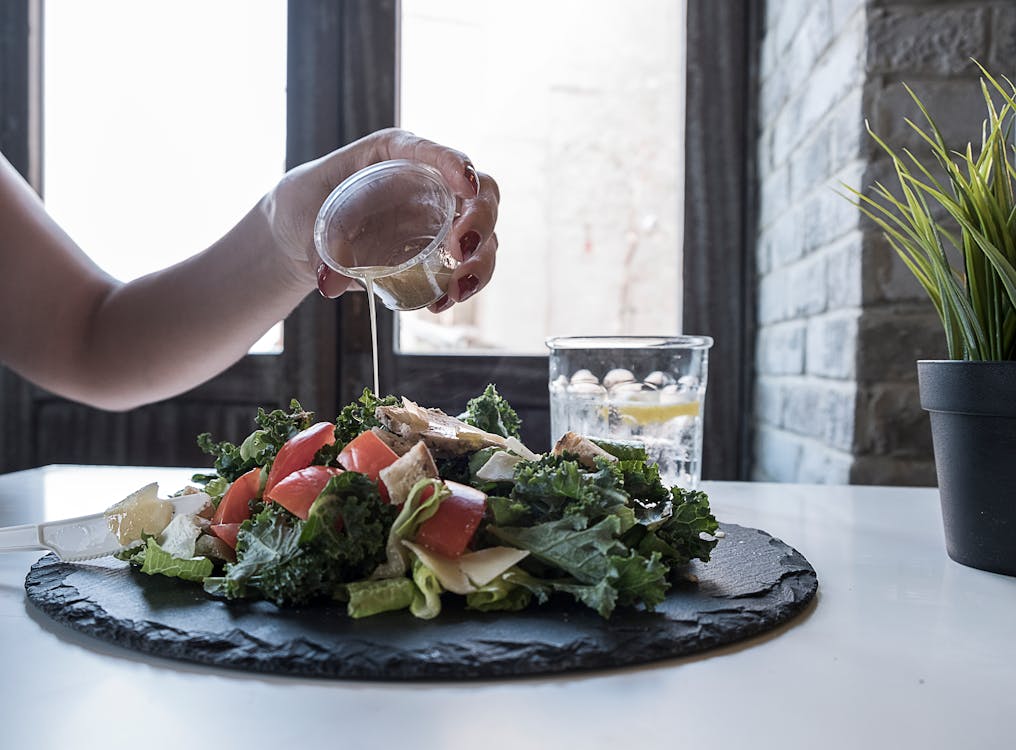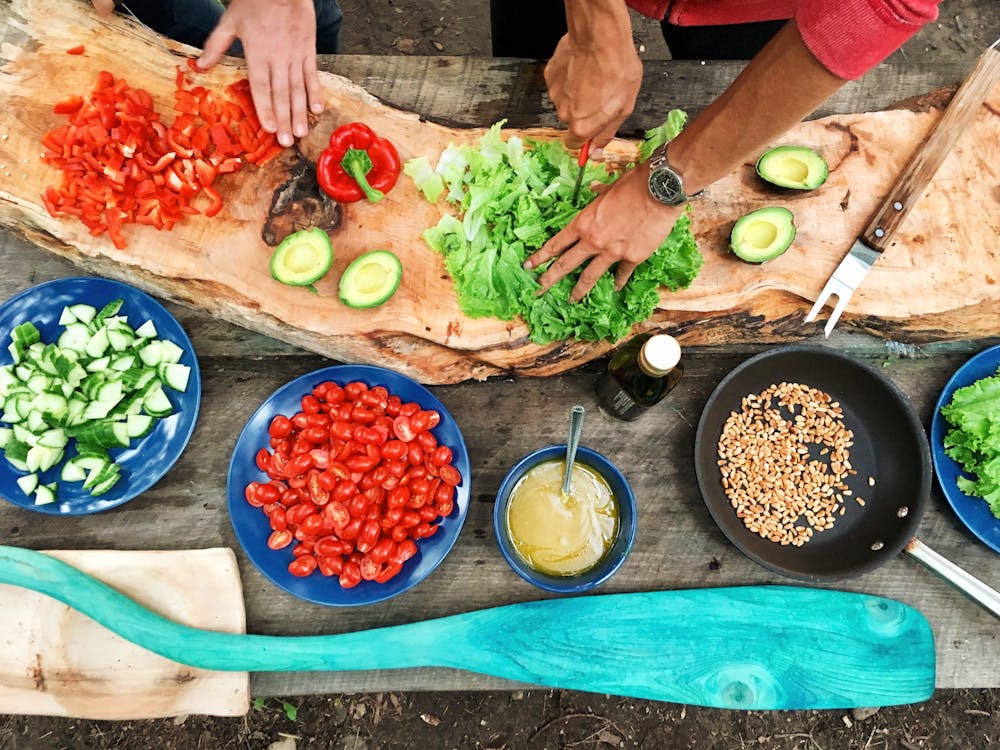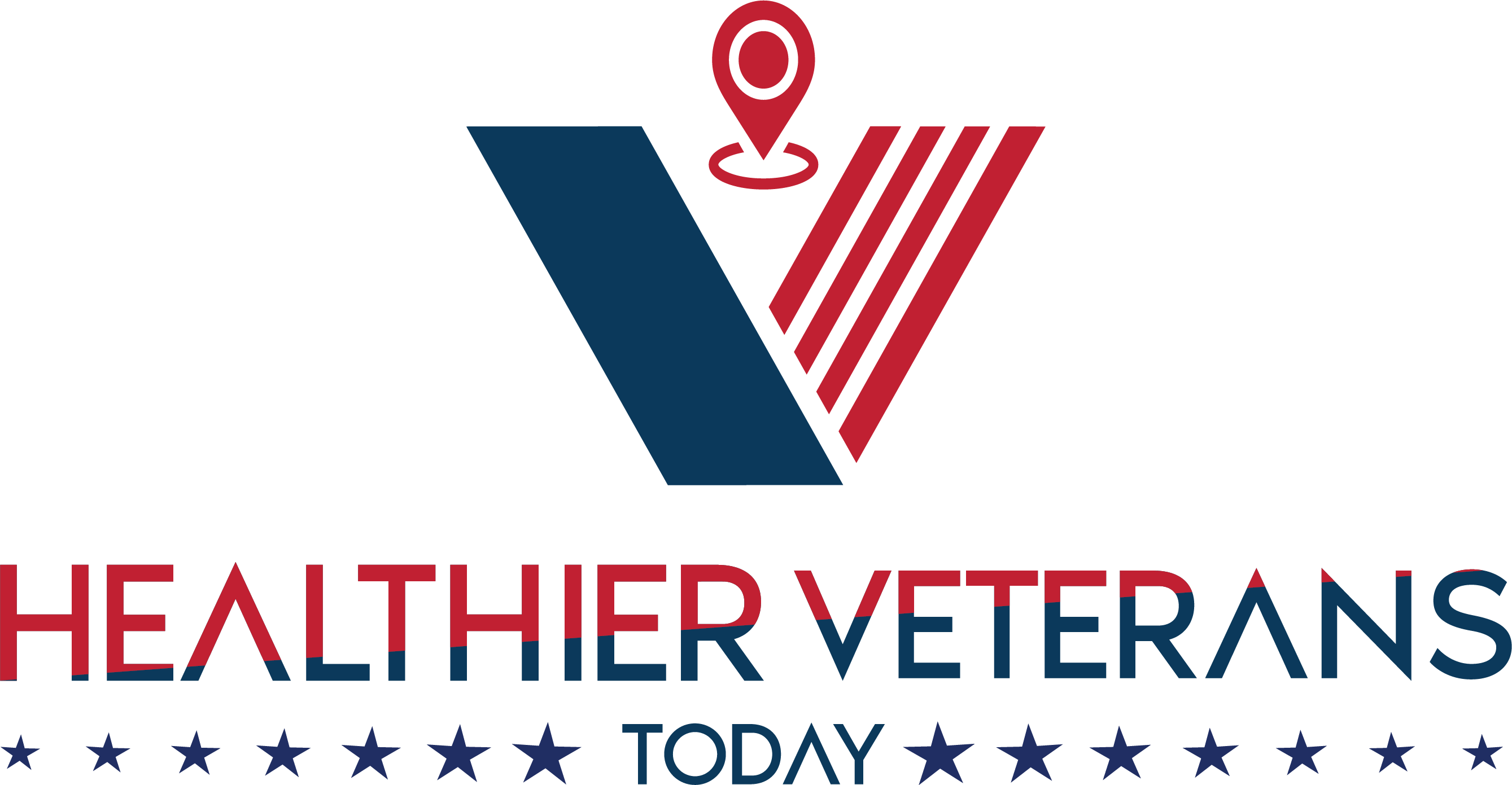It’s essential that Veterans eat well, so join us as we discuss it! This guide explores the unique nutritious demands of the soldiers who have pledged their services. There will be a reveal of the essentials of veterans’ Nutrition and the keys to instilling a healthy, lively lifestyle in those who have served our country. It includes how eating well can help manage PTSD.
Table of Contents
Physical and Mental Health Challenges

The first step in Nutrition is to identify and recognize these challenges, which set the baseline for designing nutritional strategies specific to each person’s unique needs.
Influence of Military Service: The military environment could influence dietary habits and nutritional status. Irregular eating patterns, exposure to particular environments, and the lifestyle of the military member may be associated with specific dietary deficiencies and health issues.
Essentials of Veterans Nutrition
- Each veteran should make sure to balance their intake of essential nutrients.
- Proper hydration is often forgotten, but veterans need adequate hydration, especially those whose service took them to extreme conditions. Adequate hydration supports cognitive function, joint health, and overall vitality.
- Protein is essential in developing healthy muscles, which is a great concern for veterans, especially those with injury or high levels of physical exertion.
- Energy-giving carbs but a proper place to be obtained and consuming time.
- Heart-healthy fats should be included in your Healthy Diets for Veterans. Omega-3 fatty acids in fish and flaxseeds are anti-inflammatory and maintain good brain health.
Eat Well to Address Specific Health Conditions

- Nutrition may be used in managing symptoms of PTSD. Foods rich in omega-3 fatty acids, antioxidants, and B vitamins can aid mood and cognitive function.
- Some experienced veterans may suffer from joint problems like injuries or joint ailments such as arthritis. Foods high in anti-inflammatory markers, such as fatty fish, nuts, and colorful fruits and vegetables, are suitable for joint health.
- Healthy Diets allow a high intake of antioxidants and anti-inflammatory foods such as leafy greens, berries, and high-fat omega-3 sources to reduce the risk of TBI.
- There is a chance of getting insulin resistance or diabetes in veterans. Diet for Veterans promotes whole grains, lean protein sources, and fiber-rich foods that have the effects of keeping blood sugar under control and less likely to have diabetes.
Implementing Healthy Diets
- Meal Planning and Preparation: Involving veterans in meal planning and preparation helps them feel he controls their diets. This way, they can pre-plan what they will eat and cook at home to get several nutritious meals.
- Educational Programs and Materials: Veterans’ access to academic programs or tools related to Veterans Nutrition empowers them to make informed diet choices.
- Access to Nutrient-Laden Foods: It is necessary to ensure that veterans have good access to nutrient-rich food. If a system is in place to facilitate this, people can take advantage of less expensive fresh produce, lean protein, whole grains, and vegetables.
- Community Support and Engagement: The community encourages veterans to focus on their well-being through healthy lifestyles. Activities, cooking classes, and fitness programs with other veterans enable social interaction and a shared mindset to adopt healthy habits.
- Collaboration of Veterans with Healthcare Professionals: Working with veterans and healthcare practitioners, including dietitians, allows the specialists to customize their services for every individual’s health needs. Healthcare providers can provide further guidance to integrate the individual’s dietary requirements and goals for healthier living.
The Role of Yoga for Well-being
The synergy between physical activity and Veterans Nutrition cannot be doubted. Encouraging veterans to exercise regularly and eat well-balanced diets will enhance their overall well-being, benefiting both ends.
- Mind-Body Practices to Boost Mental Health: Mindful diet practices complement nutrition strategies. These practices can improve mental health and enable veterans to handle stress and anxiety better.
- Social Ties and Well-being: Social connections are vital to emotional health. Fellowship meals with friends or relatives are essential to feel happy.
Sustaining Nutrition:
- Healthy Commitment Over Time: Encourage veterans to view Veterans Nutrition as a long-term commitment to their health and well-being. Consistency with habits and a gradual, positive shift to Nutrition improves overall wellness.
- Check-Ins Regular: Periodic check-ins with healthcare professionals will ensure that the dietary plans remain in sync with the shifting needs of veterans. The continuity of such checks helps adjust when necessary and maintain proper nutritional support.
- Flexibility and Adaptability: Acknowledge flexible and adaptable dietary plans. Shifts in circumstances, health conditions, and preferences can be accommodated to allow flexibility while promoting overall wellness.
Nutritional Education for Families

The extension of nutritional education should not end at the veterans but reach their families. An environment of good nourishment can highly impact health by empowering family members to support Healthy Diets for Veterans.
Leverage Support with Technology:
Use technology for support. Nutrition apps, online resources, and virtual consultations from healthcare professionals can help connect veterans more easily with their health goals.
Empowering Veterans Through Knowledge
Educational Campaigns:
Broad awareness campaigns must be conducted to help educate veterans concerning the value of Nutrition. This can be an exceptionally expansive platform that people can collectively embrace to support the health and well-being of these brave people.
Partnership with Veteran Organizations:
Unite with veteran organizations to communicate nutritional information to the public. Networking in joint initiatives can launch a more significant impact on educational programs and reach across the spectrum of veterans.
Workshops and Webinars:
Host interactive workshops and webinars on veterans Nutrition. Such engagements, ranging from participation in discussions to sharing experiences and perceptions, foster a connection with the community’s people.
Looking Ahead: A Bright Horizon of Well-Nourished Veterans

Let us look forward to a future that involves the community whereby veterans embrace optimal Nutrition as a springboard toward bettering health. As such, it is a vibrant scenery where everyone who has served our nation enjoys a life of vitality, strength, and fulfillment. Communities, health professionals, and veterans can shape a new spirit of their joint efforts that produce a new thrust for a better tomorrow for veterans. Let the journey toward well-nourished veterans be a picture representing the resilience, strength, and enduring spirit imbued in those who have committed their lives to the well-being of their country. In conclusion, this guide is a path map for all in selecting the correct participants and teams needed to complement our veterans’ Health and Nutrition. As we work along this path, let us go along with gratitude, taking a deep breath of respect for the valuable opportunity to contribute to and empower our veterans who made invaluable sacrifices for the health and well-being of us all.





